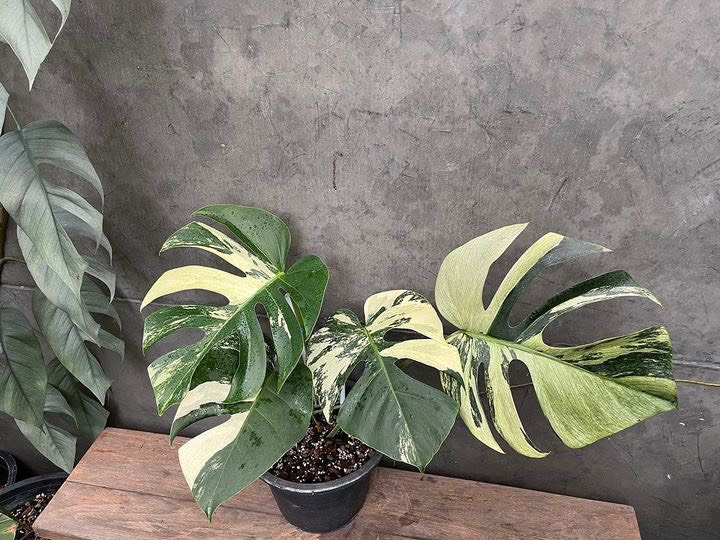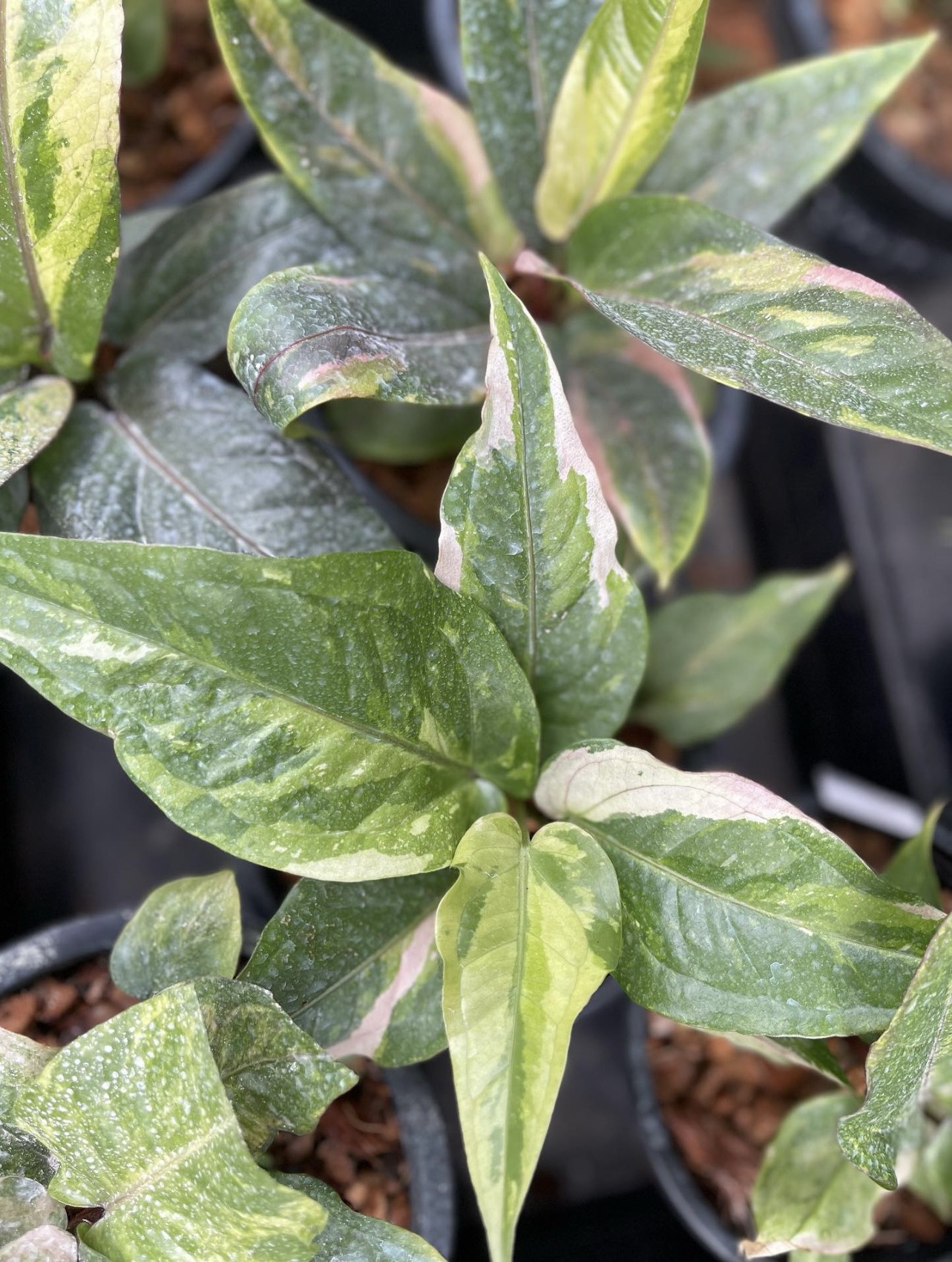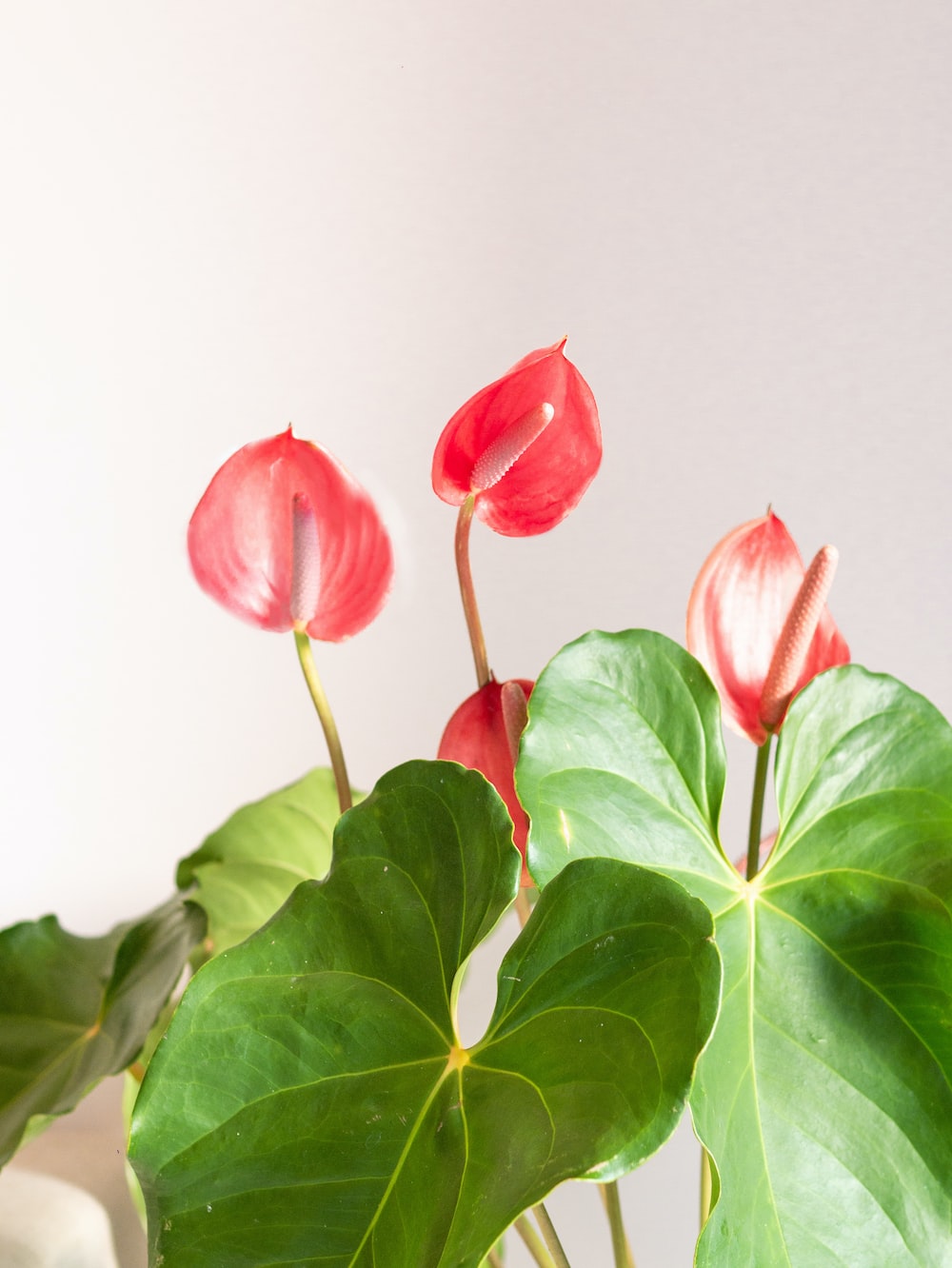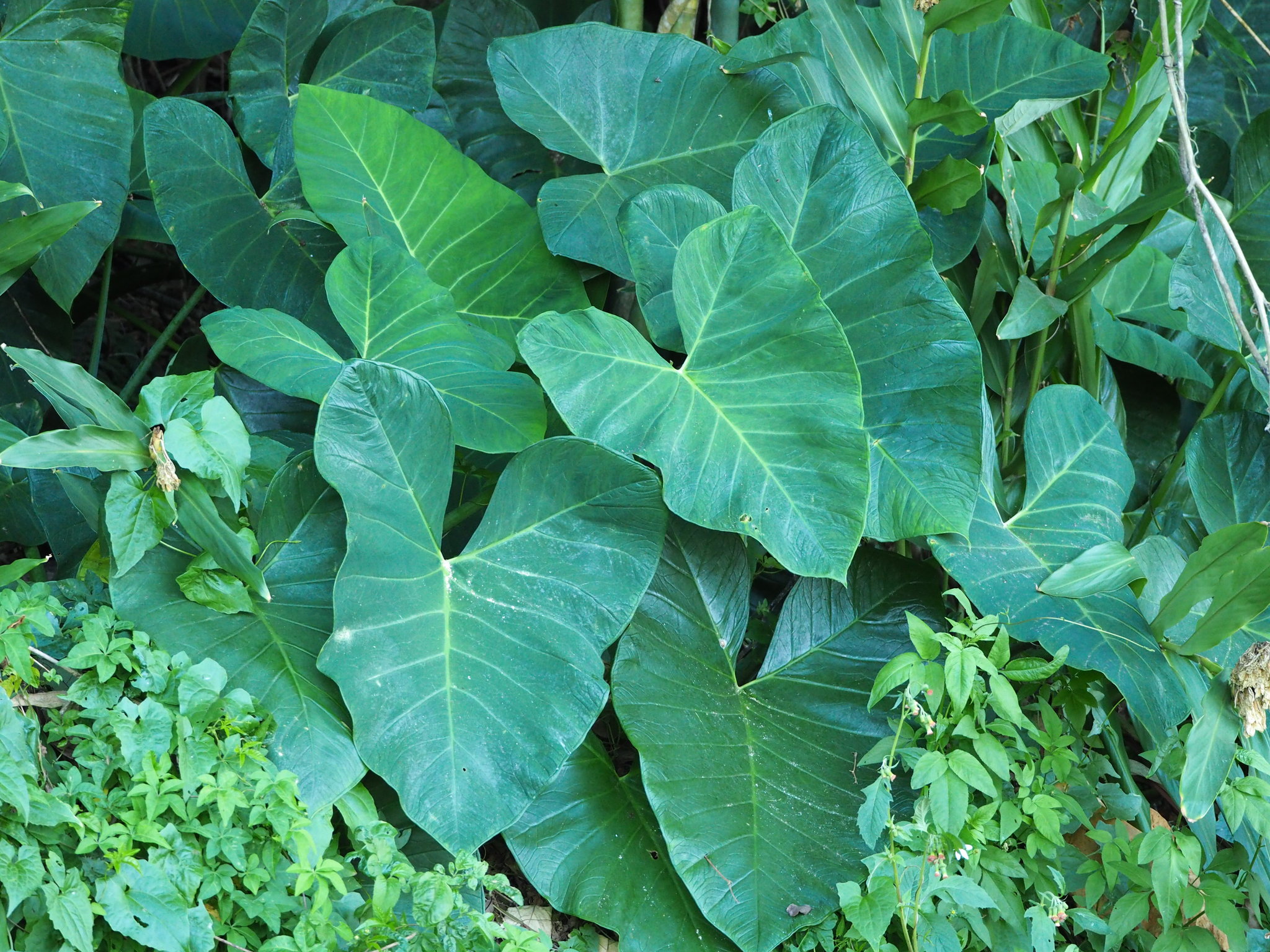The Araceae, also known as the aroid or arum family, are a diverse group of plants characterized by several distinguishing features. They are monocotyledons with herbaceous plants that possess distinctive underground stems called rhizomes which allow them to spread vegetatively and store nutrients. Let’s explore some of the key characteristics that define this fascinating family of plants.
Growth Habit and Foliage
The Araceae display a wide variety in their growth habits, ranging from diminutive epiphytes to massive terrestrial vines. However, some unifying foliage traits emerge:
Leaf Shape and Venation
- The leaves of Araceae plants are bifacial, meaning they have distinct upper and lower surfaces.
- Their leaves possess parallel or reticulate (net-like) venation patterns, unlike the pinnate venation seen in many dicotyledons.
- Leaf shapes also vary tremendously, from simple and entire forms to deeply lobed or divided types. Popular houseplants like Monstera showcase the dramatic leaf forms this family can produce.

Usage of Rhizomes
- Instead of woody stems, araceae leverage rhizomes for structural support and vegetative propagation.
- Rhizomes allow the plants to spread horizontally and pop up new growth.
- They also act as storage organs for water, nutrients and carbohydrates.
- The ability to efficiently store and remobilize resources gives Araceaes resilience in challenging habitats.
Unique Inflorescences
The flowers of Araceae occur in unique inflorescences composed of a spadix and spathe.
Spadix
The spadix is a fleshy spike that bears the small, densely packed flowers. The spadix sits surrounded by…
Spathe
The showy spathe – a large bract that wraps around or curves over the spadix like a hood. The spathe attracts pollinators. Some examples:
- In Anthurium and Spathiphyllum peace lilies, the stiff, elongated spathes appear white.
- The striking green and white spathes of Zantedeschia aethiopica curls into a funnel.
- In Amorphophallus Titanum – the “corpse flower” – the deep burgundy spathe envelops a tall, branch-like spadix.

List of the most sought after rare aroids in 2023
The spadix/spathe combo creates an area that traps heat to facilitate odor production and attract pollinating insects.
Subtle Flowers and Seeds
While attention goes to the showy spadix and spathe, the actual Araceae flowers are quite understated. But they develop into seeds with key traits:
Flowers
- The true flowers of aroids are tiny and lack petals, forming dense clusters covering the surface of the spadix.
- Each has four floral parts – either male stamens or female pistils.
- These diminish flowers self-pollinate in some species while others require insect pollinators like beetles or flies.

Seeds
- After fertilization, fruits containing 1-6 endospermous seeds develop.
- Endosperm provides nutrients supporting embryo development.
- Raphide crystals often occur in Araceae tissues, including seeds. These needle-like crystals defend against herbivores.
Additional Key Attributes
Beyond the features already outlined, the Araceae exhibit other anatomical and biochemical qualities:
Anatomy
- Presence of specialized stomata known as staurocytic stomata – they resemble a cross shape
- Oxalate crystal idioblasts occur in many tissues
- Laticifers produce latex in select genera like Monstera
Biochemistry
- Aroids synthesize protective compounds like phenols, cyanides, and alkaloids to discourage predators.
- Their tissues concentrate metallic elements like calcium, oxalate and silica into structural crystals or inclusions.
Those secondary metabolites further aid survival in the Araceaes’ native tropical habitats while giving them unique flavors, textures and toxicity.
Ecological Role
Aroids grow across diverse environs thanks to adaptations like water storage in rhizomes plus heat retention in their inflorescences. Habitats include:
Tropical Rainforests
- Most aroids inhabit steamy tropical forests across Central/South American and Asia, especially the understory.
- Genera like Philodendron, Anthurium and Xanthosoma thrive as forest floor plants.
- Meanwhile, climbing hemi-epiphytes like Monstera and Rhaphidophora start life on the ground before ascending tree trunks up to the canopy for light exposure.
- Slowly-decaying leaf litter concentrates nutrients. And sluggish forest streams and pools supply steady moisture.

Flooded Regions
- Annual floods inundate habitats like the Amazon basin for months. Aroids cope via food storage in rhizomes and underwater respiration from lenticels.
- Genera like Pistia, Spirodela and Wolffia float as tiny aquatic plants. They rapidly propagate, creating lush floating meadows.
- Aroids even colonize brackish mangrove swamps (Typhonodorum) and grow invasively in Florida wetlands like Myriophyllum and hydrilla.
Higher Elevations
- In tropical highlands, Andean aroids endure cold, drying winds.
- Species like Anthurium plowmanii tolerate temperature shifts from frigid nights to hot days.
- During sustained droughts, foliage dies back completely until rains restart growth.

In summary, the Araceae thrive in hot, humid equatorial environments thanks chiefly to rhizomes, heat-trapping inflorescences and rapid growth rates. Their global success results from this resilience in adjusting to stresses from drought to flood.
Uses for Humans
Beyond botanical intrigue, many aroids supply food staples and ornamental appeal:
Starch Crops
- Araceae provide calories via abundant carbohydrates in rhizomes
- Taro (Colocasia esculenta) and Yautia (Xanthosoma sagittifolium) furnish edible corms
- Cocoyam (Xanthosoma spp.) offers lesser-known cormels and leaves
- High oxalates in these tissues require cooking or processing to break down crystals

Decorative Plants
- Breeders cultivate ornamental aroids for striking leaves like arrowhead vines (Syngonium podophyllum)
- Flamboyant cut flowers come from Anthurium, Zantedeschia and Spathiphyllum peace lilies.
- Desirable houseplants feature iconic foliage from Monstera and split-leaf philodendrons.
Medicinal Applications
- Ancient peoples used Arisaema, Pinellia and Typhonium species to prepare herbal remedies.
- Research confirms anti-microbial, anti-oxidant and anti-diabetic effects from Southeast Asian genera.
So in tropical regions globally, aroids continue providing sustenance plus beauty for societies from antiquity to the present day.
Conclusion
In review, the key traits distinguishing members the Araceae plant family include herbaceous growth, net-veined leaves and rhizomatous stems for vegetative propagation. They display unique inflorescences bearing diminutive flowers on a spadix surrounded by a showy spathe. Endosperm-filled seeds and protective crystals defend against predators. These adaptable plants thrive in warm, humid tropical regions all the way from swampy mangroves to rainy highland cloud forests thanks to rapid growth, water storage in rhizomes and inflorescence heat retention. Beyond scientific interest, the Araceae supply starchy staple crops and ornamentals prized for vibrant spathes and foliage. Their diversity across approximately 3700 species remains full of potential for unlocking ethnobotanical insights, decorative varieties and more resilient crops.

